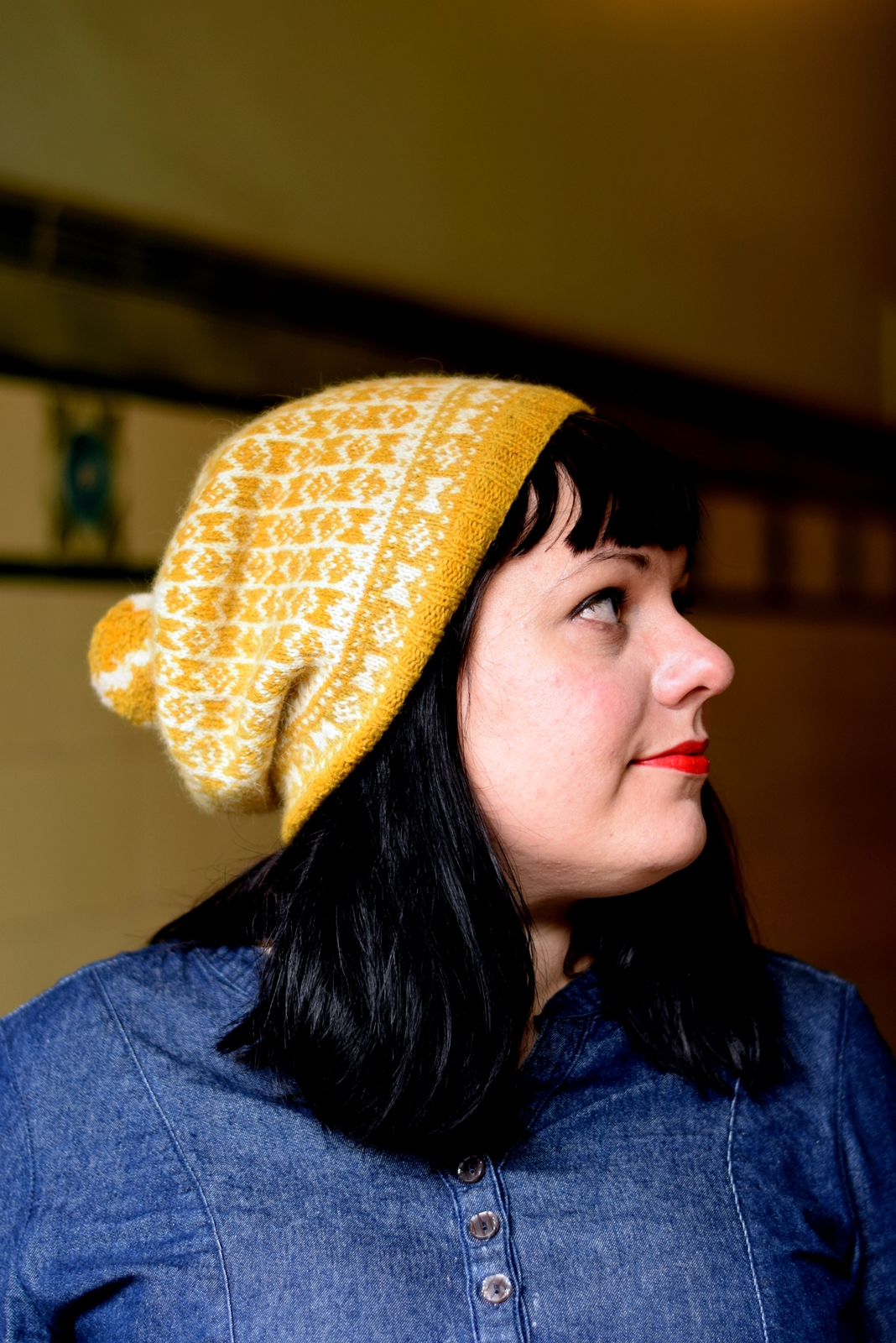 Judging by my inbox, this pattern launch should please a lot of people out there! Say hello to the Burnet hat! This was an Edinburgh Yarn Festival 2016 exclusive pattern, but the copyright has now reverted to me. Burnet is one of my own personal favourite patterns and I am so happy that so many of you agree with me!
Judging by my inbox, this pattern launch should please a lot of people out there! Say hello to the Burnet hat! This was an Edinburgh Yarn Festival 2016 exclusive pattern, but the copyright has now reverted to me. Burnet is one of my own personal favourite patterns and I am so happy that so many of you agree with me!
You can buy Burnet via Ravelry and Loveknitting (where you can also peruse the Shilasdair yarn!).
I was asked by the EYF folks to design a hat inspired by the tenement tiles I document across Glasgow.
Glasgow's weather is notoriously 'dreich' – a Scots word meaning 'dreary' and 'bleak' - but the city is so beautiful. Its Victorian heritage is apparent in everything from wrought iron fences to elaborate street lamps. The sandstone tenements (apartment blocks) light up the cityscape with their warm glow.
The tenements were originally an attempt to fight the widespread slum then found throughout Glasgow. The city had begun as a small, rural settlement but had grown into an industrial hotspot. The rapid industrialisation was fuelled by shipping and manufacturing – but housing had not kept up with the boom. Architects began erecting tenements and these buildings were vast improvements upon the squalor found throughout 19th century Glasgow. The entry ways - the so-called closes - were communal spaces where people would meet, children would play, and deals would have been struck. It was important that these entryways would be easy to maintain - and this is where the beautiful tiles come in. When I was approached to design 'something Glaswegian', I only had to step outside my front door for inspiration.
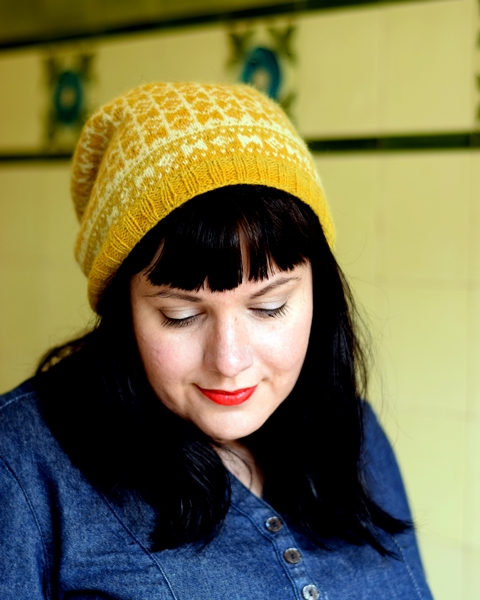
David shot the photos in Partick, Glasgow. I loved the tiles in this entryway and they were in great condition - something which can not always be said for all tenement tiles! I love the stylised, geometric feel of the tenement tiles and I think Burnet really captures that. When I was designing the pattern, I also had the wonderful geometric nature of traditional Sanquhar knitting in mind. While Burnet is not anything like traditional Sanquhar knitting, I think it's important to acknowledge this debt (this sensibility) to past generations of Scottish knitters.
 Burnet is knitted using two hanks of the exquisite Shilasdair Luxury 4ply which is plant-dyed on the Isle of Skye. The sample is knitted using the natural/undyed shade and the gorgeous Tansy Gold. Judith of Shilasdair is a big believer in dyeing yarns that reflect her natural environment on Skye - but she also knows Glasgow tenements with their tiles very well. In fact, she used to visit family living in my very own close! I greatly enjoyed collaborating with her on this project and I urge you to seek out her yarns. They are beautiful.
Burnet is knitted using two hanks of the exquisite Shilasdair Luxury 4ply which is plant-dyed on the Isle of Skye. The sample is knitted using the natural/undyed shade and the gorgeous Tansy Gold. Judith of Shilasdair is a big believer in dyeing yarns that reflect her natural environment on Skye - but she also knows Glasgow tenements with their tiles very well. In fact, she used to visit family living in my very own close! I greatly enjoyed collaborating with her on this project and I urge you to seek out her yarns. They are beautiful.
This past week I have been away on a research trip for my book. I will write more about my trip later but suffice to say that I was happy I had Burnet tucked into my bag. Autumn is very much here. I hope you'll enjoy knitting the pattern.
PS. If you have a copy of Wool Tribe where this pattern was first published, I have a tiny piece of errata addressing Chart A.
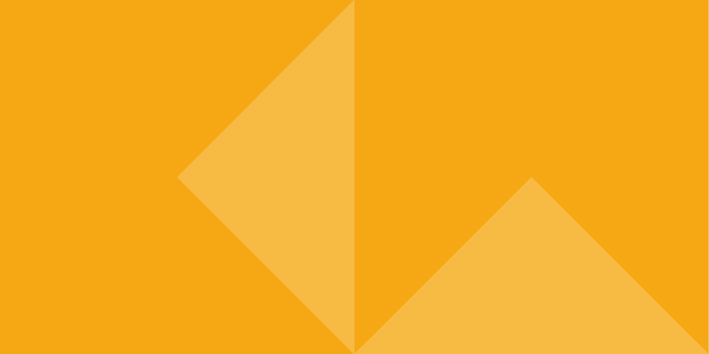
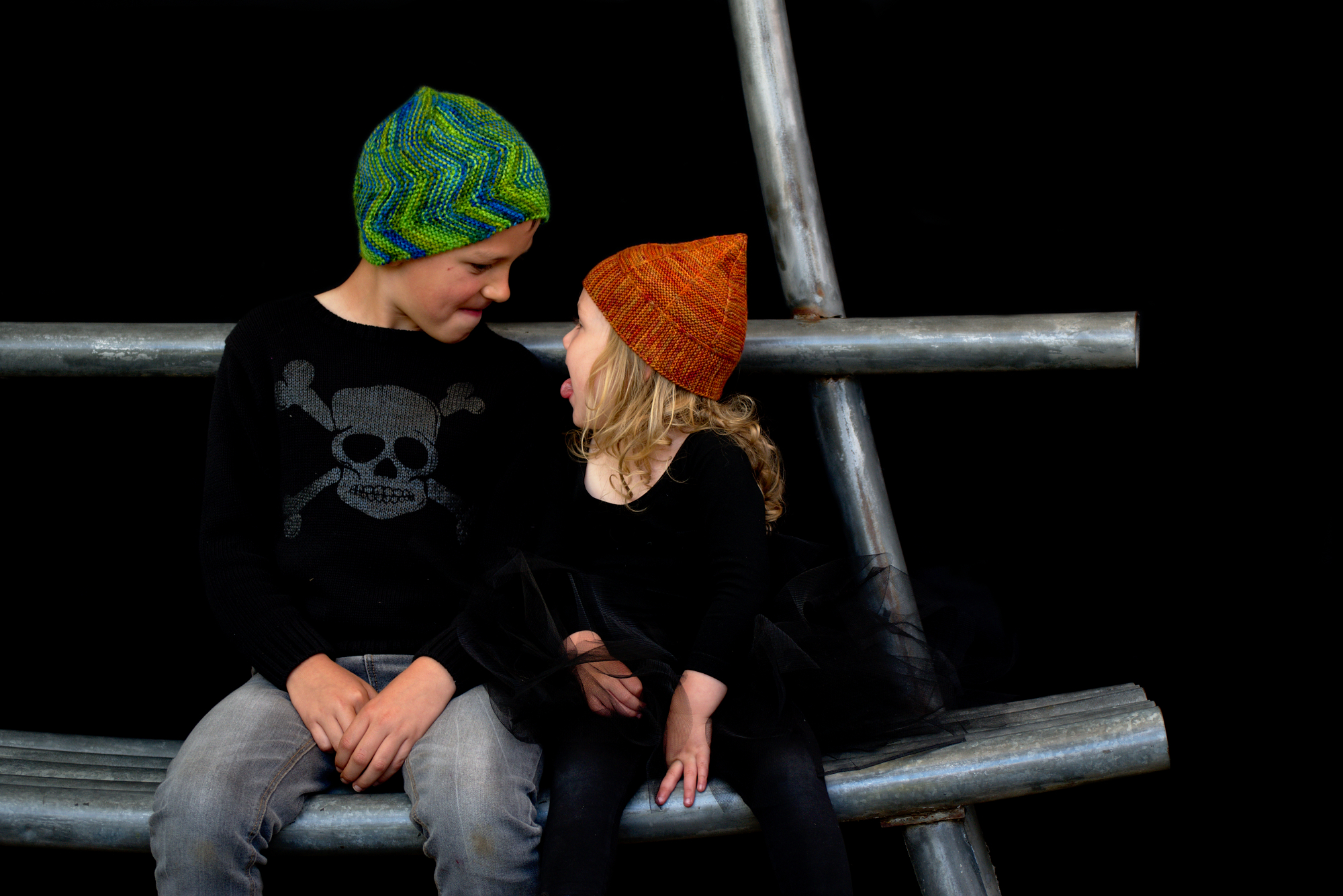
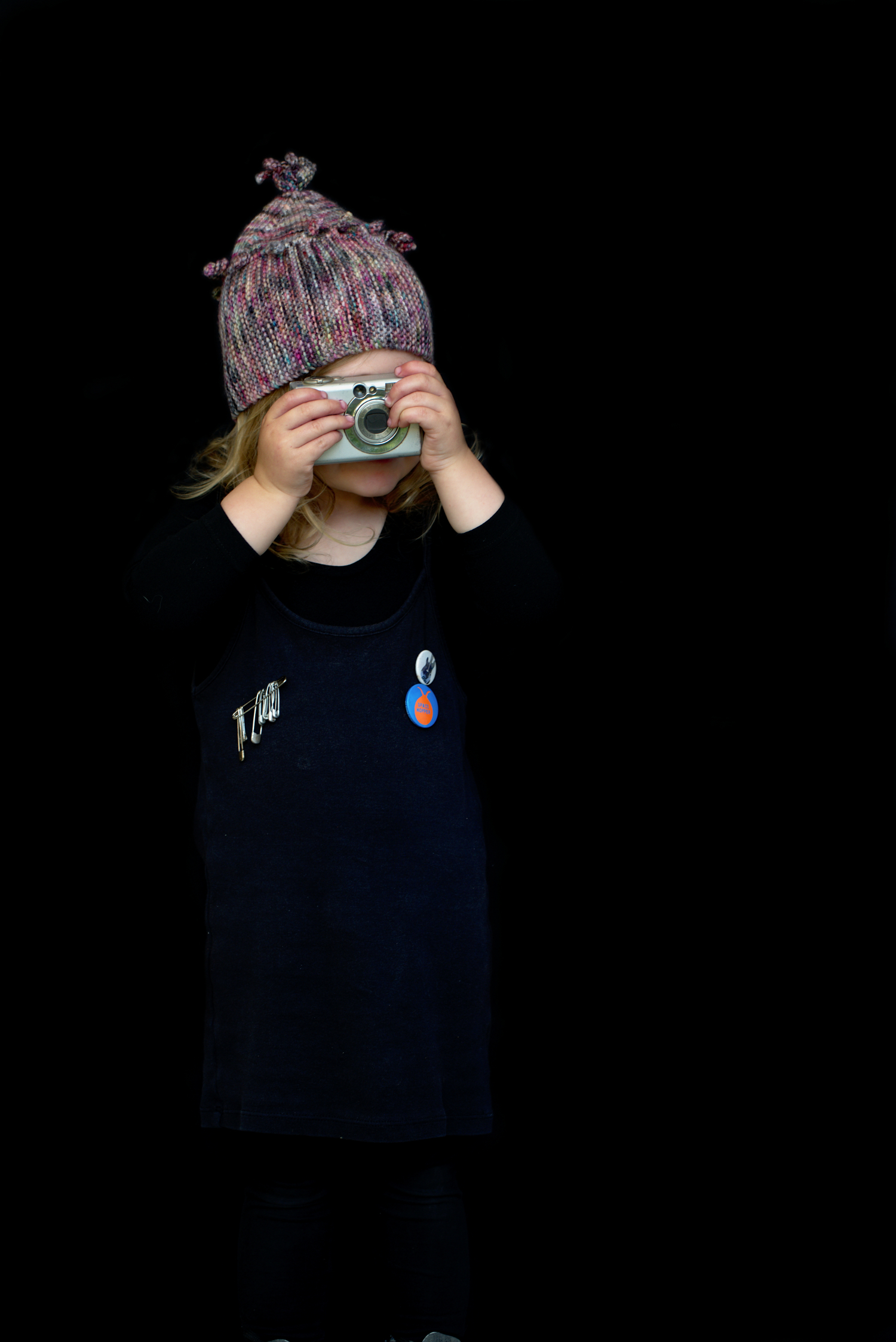
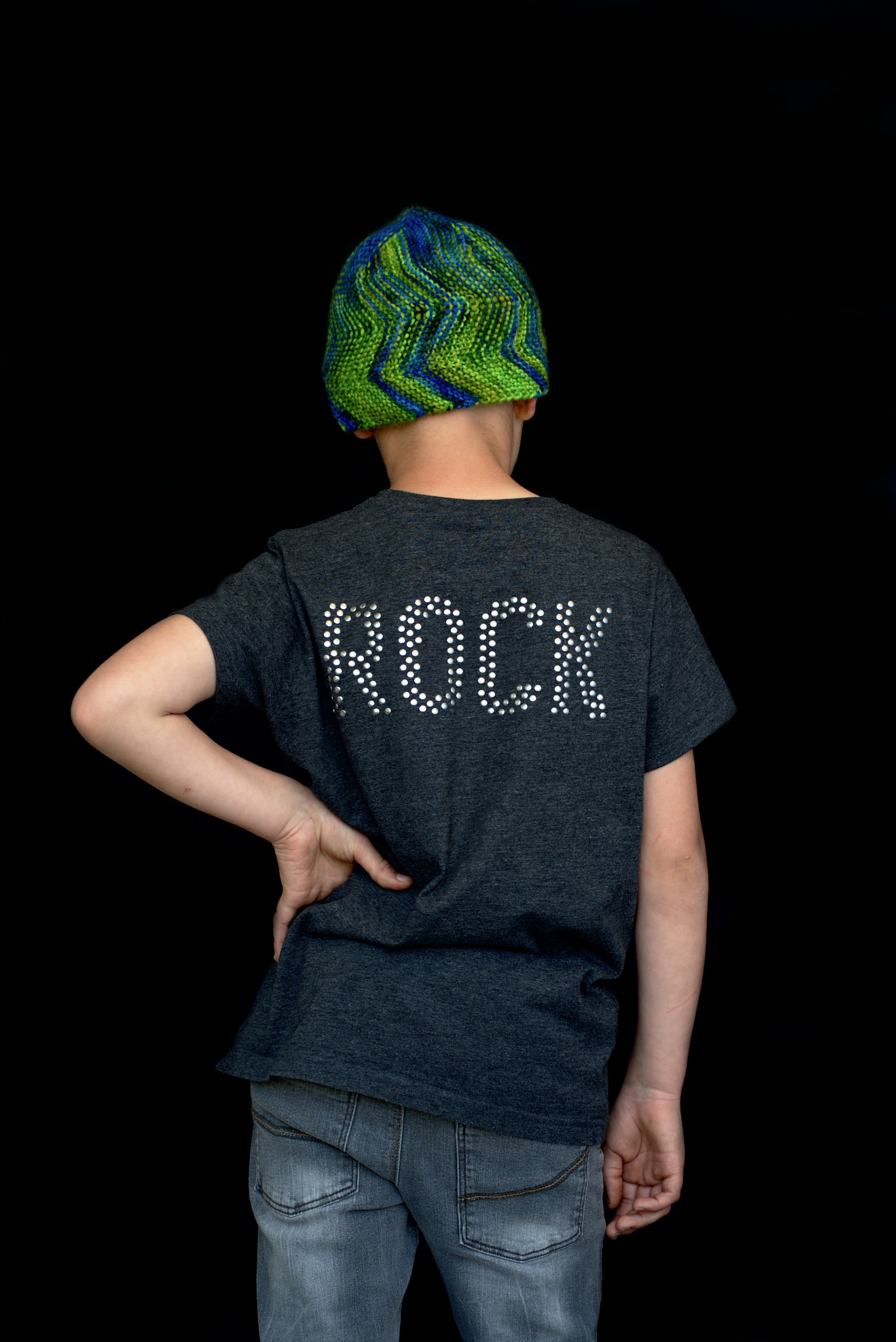

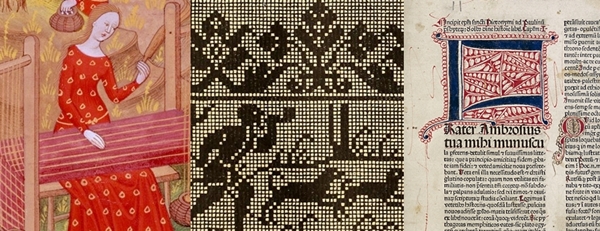

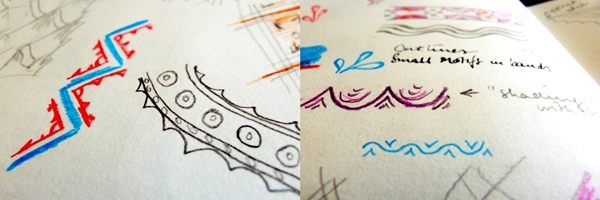
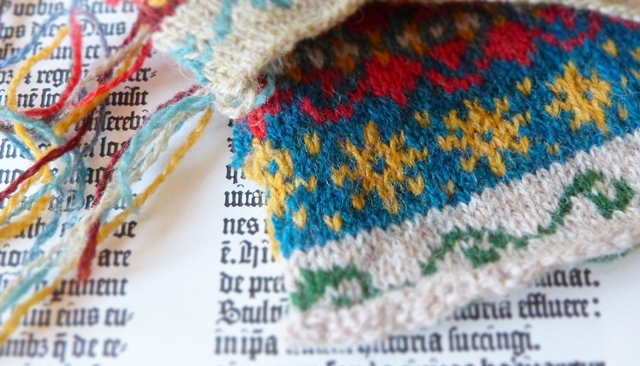 It is time to announce a project that has been a long time coming. It is a project dear to my heart and one that I hope you will love as much as I do.
It is time to announce a project that has been a long time coming. It is a project dear to my heart and one that I hope you will love as much as I do.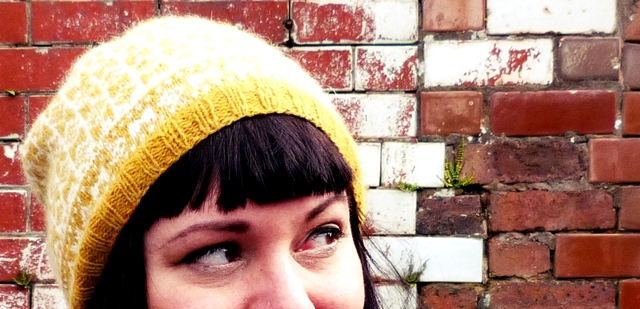 Recently I have been a bit busy and fallen behind on, well, everything. I'll reveal everything later this week but we are still in the process of getting things right behind the scenes.
Recently I have been a bit busy and fallen behind on, well, everything. I'll reveal everything later this week but we are still in the process of getting things right behind the scenes.